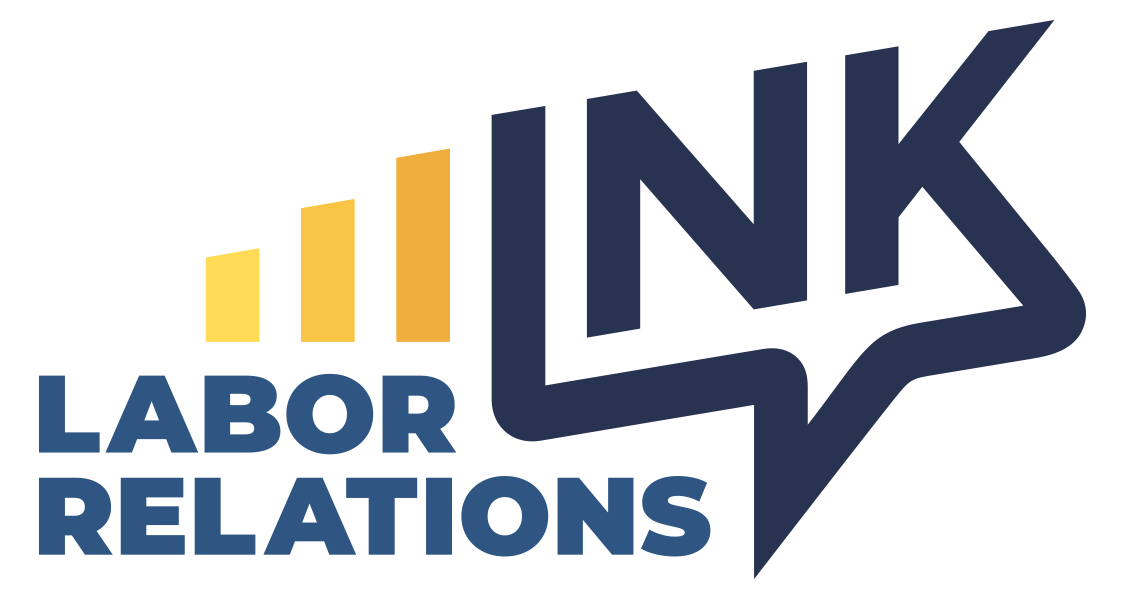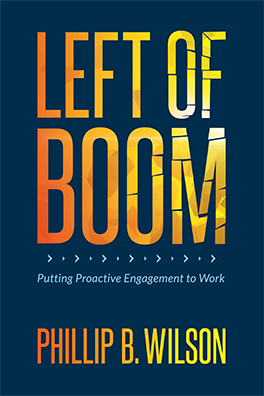You have probably noticed that pensions are back in the news, and not because they are truly making a comeback. When it comes to sustainable pension plans—many have either needed bailouts or been shuttered during union contract negotiations—they barely exist outside of the government-employee context. This hasn’t stopped Big Labor from insisting upon making pension resurrections as part of contract negotiations.
Yet, as CNN recently pointed out, “no American union has ever succeeded in bringing [defunct pension plans] back” during contract renewals. Heck, even Shawn Fain folded on the restoration of pensions during last year’s United Auto Workers’ Big Three strike. In 2021, the Bakery, Confectionery, Tobacco Workers and Grain Millers (BCTGM) International Union went into strike mode with pension demands and ended with raises and 401(k) plan boosts.
Still, recent headlines reveal that freshly unionized ballet dancers are seeking new pensions despite the widespread cratering of existing plans that need government money to stay afloat. Also, the Teamsters still hold the dubious honor of the most “abused” and “mismanaged” pension fund in U.S. history, and they recently accepted the largest private pension bailout in history. Sean O’Brien’s “thank you” for that $36 billion was a non-endorsement stunt in the presidential election.
Pension bailouts continue unabated: In October, the feds pushed $635 million into the ailing Detroit Carpenters Pension Trust fund, and this taxpayer-funded bailout is one of several from the past few months. And back in June, the Biden Administration announced that it had, via the American Rescue Plan, already protected at least one million workers and retirees from lost or substantially deflated pensions linked to the Teamsters, United Food and Commercial Workers, United Auto Workers, United Steelworkers, Communications Workers of America, and more unions.
If pensions are such a disaster, why do unions want to bring these dinosaurs back into contemporary negotiations?
- The optics: Sure, it sounds great for a union to fight for a plan in which an employer makes all or most contributions, unlike a 401(k), where an employee must contribute before an employer “matches” up to a point. Even though multi-employer pensions are prone to union mismanagement, Big Labor sees this demand as worth it, although mainly theatrical.
- Nothing to lose: Unions are not risking a thing by inserting pension resurrection into negotiation demands. They realize that these defunct pensions will not be raised from the dead, but they use the issue as a bargaining chip to receive other demands like substantial wage boosts.
Looking ahead: This week, Boeing workers will vote on a third tentative contract approved by the International Association of Machinists and Aerospace Workers (IAM). The six-week strike was supposedly seeing the union hold out on a “longshot” demand for a pension return after Boeing offered to “increase its contributions to the 401(k) plans by around $10,800 a year.” A progressive publication has predictably called the third contract attempt “a sellout deal” because pension demands were dropped, and the proposed wage increase “is only 38 percent.”
The bottom line: No Jurassic Park resurrection miracle exists for extinct pensions, and the Boeing-IAM situation proved no exception. Boeing workers ratified a new agreement, ending a weeks-long strike and delivering the previously mentioned 38% wage increase over four years, but no restoration of pension benefits.






